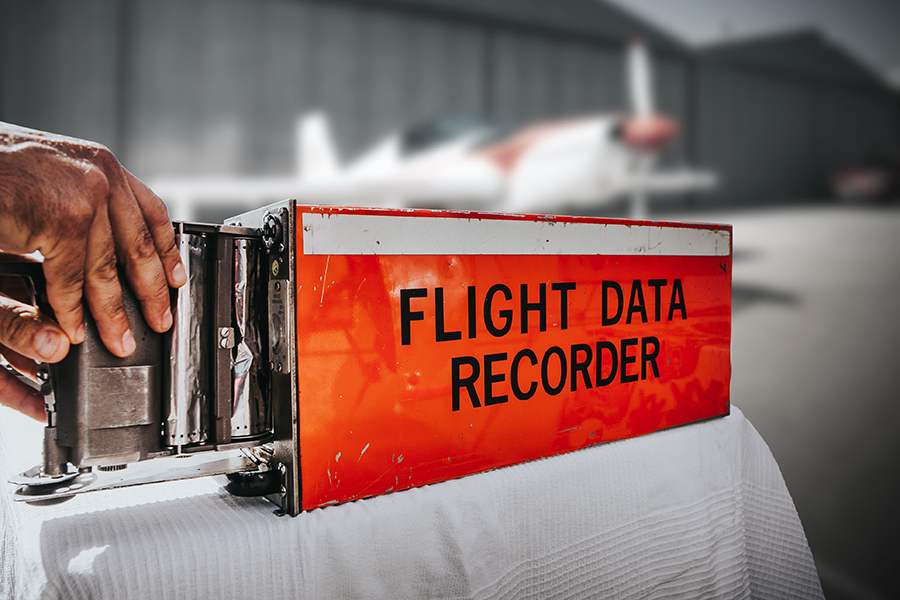When there's an airplane accident, investigators search for one of the first things at the site of the accident: the "black box." Don't be afraid by the eerie name; it's not black, as it turns out—it's bright orange so it can be quickly spotted in debris. The black box is an aviation marvel, one that can survive truly extreme conditions and contain vital information, making the most crucial thing to know about an aviation disaster just what occurred.
What is a Black Box?
-
The black box actually comprises two electronic recording devices: the Flight Data Recorder (FDR) and the Cockpit Voice Recorder (CVR).
-
It records important flight data and cockpit conversations, enabling investigators to reconstruct what occurred prior to and during an accident.
Design and Durability:
-
Made of stainless steel or titanium, the black box is built to withstand crashes, high heat (up to 1,100°C), extreme pressure (up to 20,000 feet underwater), and high-speed impacts (up to 3,400 G-force).
-
Painted with vivid orange paint so that it can be easily found in wreckage, though its title is misleading.
-
Fitted with an underwater locator beacon which sends signals up to 30 days while submerged underwater.
How Does the Black Box Work?
Data Collection:
-
The FDR records over 80 parameters, including altitude, airspeed, heading, engine performance, etc.—the previous 25 hours of flight record.
-
-
The CVR records the previous two hours of cockpit audio, including pilot conversation, alarms, and radio talks.
Activation:
Recording starts the instant engines are powered up and continues till the end of the flight.
Protection:
-
Located in the rear section of an airplane—the area most likely to avoid extensive damage in the event of a crash.
-
Stored in a crash-worthy memory compartment protected from heat and insulated from shock.
Application to Aviation
Accident Investigation:
-
The black box is the most crucial tool for investigators to employ to identify the reason behind an accident, whether it is technical failure, pilot error, or whatever other cause.
-
It helps recreate the sequence of events that could result in a crash, providing vital clues at improving aviation safety.
Improvements in Safety:
Black box data has brought revolutionary improvements in aircraft technology, flight training, and flying procedures, making air travel affordable for all and safer than ever before.
Legal Requirement:
Since the 1960s, commercial flights have been equipped with black boxes on board, after initiatives by Australia and then the International Civil Aviation Organization (ICAO).
Fascinating Facts and History
-
Invention: Australian researcher Dr. David Warren designed it in the early 1950s, because of the need to know what occurs in jets' crashes which are not simple to explain.
-
Name Origin: Initially named the "Red Egg" because of its red color, the black box stuck as a name because the initial prototypes were contained in black metal boxes to shield photographic film.
-
Global Standard: Now used worldwide as a standard, the black box is mandatory on all commercial flights to provide accountability and ongoing improvement in aviation safety.
Conclusion
The black box is not just a machine—it's a silent witness to every flight, ready to reveal the truth when tragedy strikes. Its ability to withstand the unimaginable and provide intelligence has made it priceless to modern aviation, saving countless lives through learning from the past.
Sources: Study IQ, Pegasus Airlines, Vajiram & Ravi, India Today
